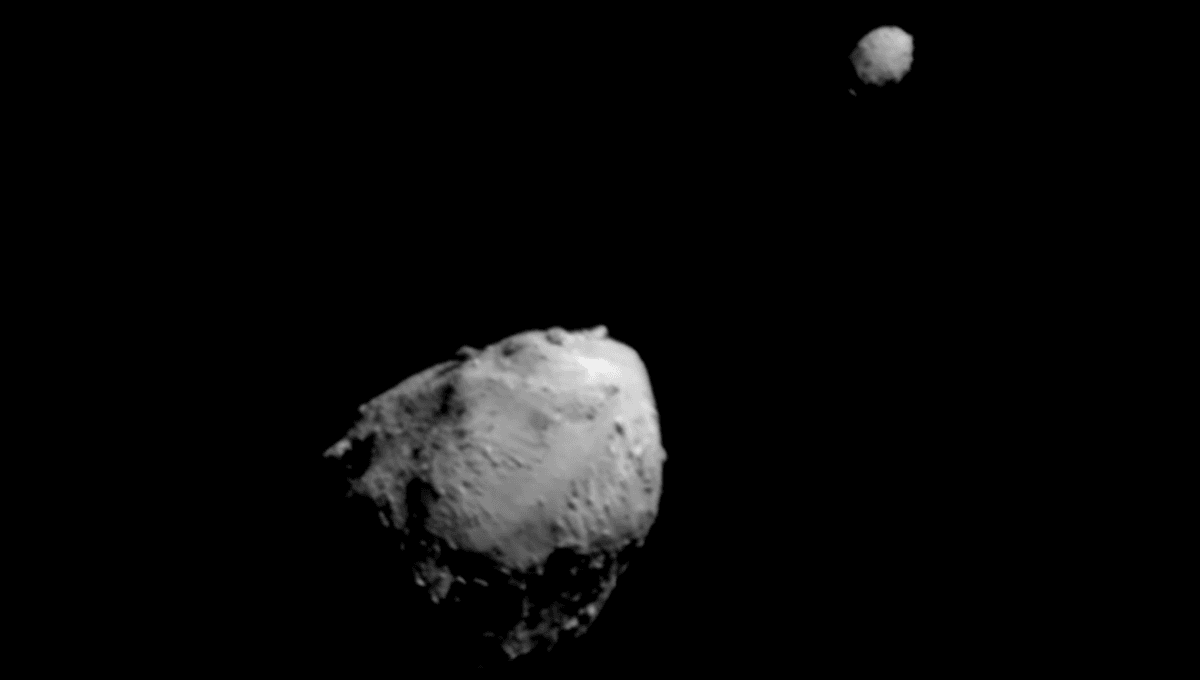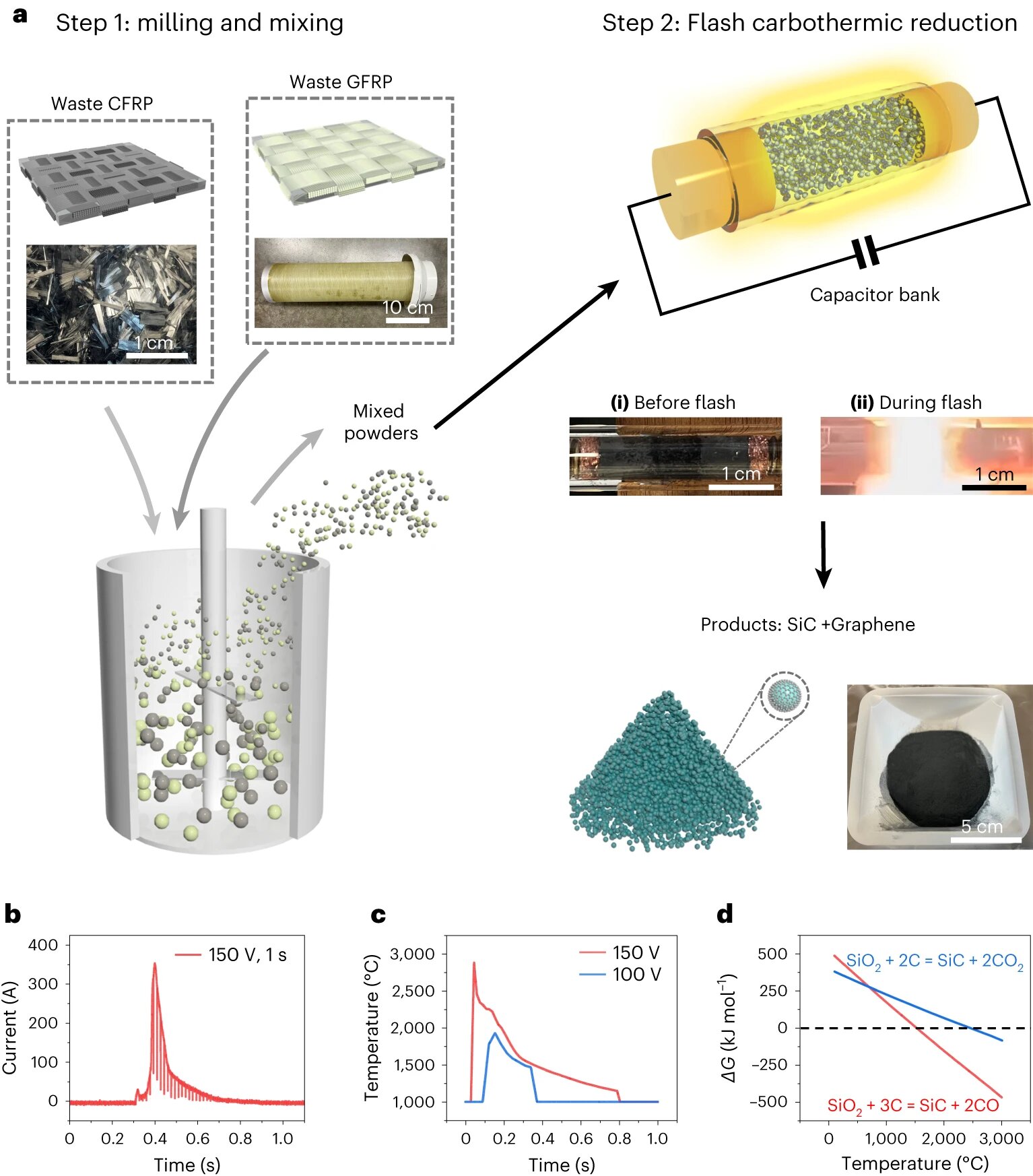Exciting news! On September 26, 2022, DART made a daring move and crashed into Dimorphos. The impact was massive, and the results were even more impressive than expected. Instead of just shaving off seven minutes from the asteroid’s period around Didymos, DART actually managed to shorten it by over 33 minutes! Not only that, but the asteroid also released boulders that were spotted flying off by multiple telescopes.
But how did this incredible feat happen? Researchers delved into simulations to understand Dimorphos better, and what they found was truly fascinating.
By analyzing data collected by DART before the collision, researchers estimated the bulk density of Dimorphos and the number of boulders on its surface and subsurface. This led them to conclude that Dimorphos is a rubble-pile object similar to asteroids Ryugu and Bennu, both of which have been visited by sample retrieval missions.
Dimorphos, believed to be material shed by Didymos, displayed some unusual behavior post-impact. The collision, occurring at a high speed of 6.6 kilometers per second, completely rearranged the asteroid without leaving a crater behind.
Dimorphos, measuring about 160 meters across compared to Didymos’ 780 meters, underwent significant changes due to the impact. The loose material that makes up Dimorphos allowed for the asteroid to be completely reshaped without the formation of a crater.
This phenomenon, although extreme, is not unprecedented. When OSIRIS-REx collected a sample from Bennu, it encountered a similar loosely held material structure.
The European Space Agency is gearing up to launch a follow-up mission named Hera to study the altered asteroid system. Researchers are confident that Hera will discover a reshaped asteroid rather than a crater, truly living up to the name Dimorphos, meaning “having two forms” in Greek.
For more details, check out the study published in Nature Astronomy.








